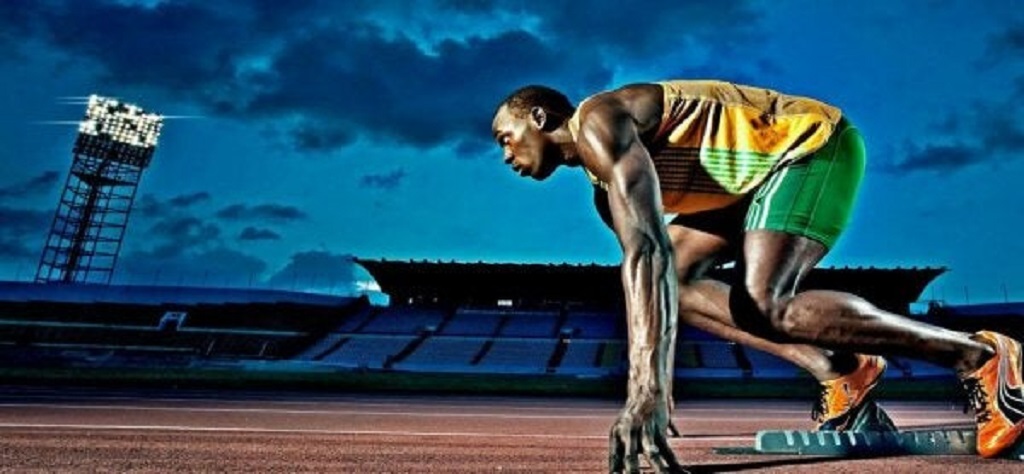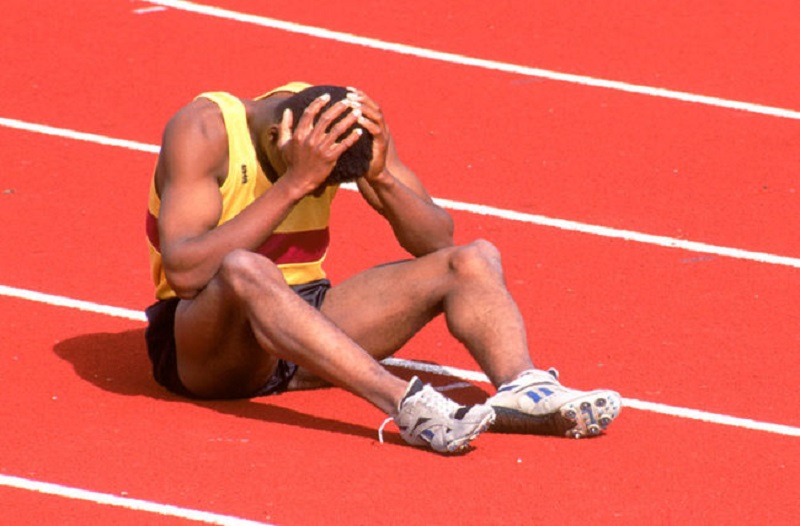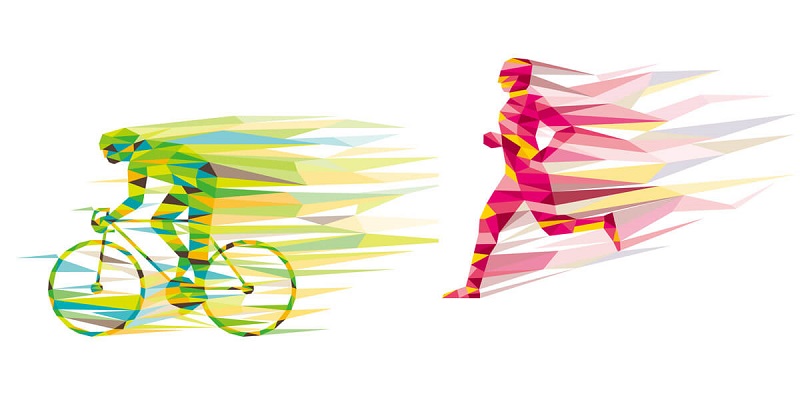
Every professional athlete at every level of sport is continuously hoping to further develop sports performance. People have a pretty clear understanding that to prevail in sports at the highest level one should be submitted, have a reasonable understanding of the task at hand, and marshal their assets successfully if they are to accomplish their true capacity and play out their best. Athletic performance is an intricate characteristic that is affected by both external and internal Psychological Factors. Numerous actual qualities help decide a person’s athletic capacity, principally the strength of muscles utilized for movement and the dominating sort of fibres that compose them.
Athletes’ physical characteristics change extraordinarily and preparing the same way all year can diminish your performance. Sports utilize varying degrees of solidarity, endurance, perseverance, glycogen, fat, fast-twitch and slow-twitch muscle strands, oxygen-consuming and anaerobic energy and different abilities and capacities, and this requires different training methods. Creating workouts to address the various elements that impact your athletic exhibition assists you with performing at your peak.
Directors, coaches, and administrators noticed a few external factors that might direct the viability of parent involvement, Unexpected Events, strategy execution, or educational programming. The accompanying internal and external barriers were examined as generally affecting the parent involvement in intercollegiate sports.
Here Are Internal Factors Affecting Athletes’ Performances

Psychological Factors
In a context such as sports or physical education classes, information and control of mental factors, for example, consideration, fearlessness, stress control, nervousness, inspiration, cohesion, self-control, moods and relational abilities can impact responsibility and execution.
Adaptability
Adaptability is the scope of movement and delicate tissue extensibility around a joint. Adaptability can be worked on in more than one way, by performing dynamic stretching, active stretching, static stretching, self-myofascial delivery and back rub can further develop adaptability.
Body Proportions
Body proportions are the first restricting factor affecting sports performance. Pick a sport or a position that fits your body. If you are tall, you likely need to try basketball or volleyball. If you have a wide frame, you’d presumably be great as a football lineman or linebacker.
Strength
Strength training is a big part of further developing sports performance. It can forestall injury to muscles, tendons, ligaments and bones. Further, developed strength can help engross the impact forces that happen in sport and forestall injury. So, every competitor should perform strength training.
Skills Training
Practice makes perfect. Skills training, rehearsing your particular game, is vital and the best way to further develop abilities performance. Regardless of whether you’re capable of any remaining variables affecting sports performance, you won’t ever be extraordinary unless to have the right skill to play the sport. For this reason, athletes practice 5-6 days per week, performing repetitive drills to further develop their range of abilities. If you don’t rehearse the game you play, you won’t ever improve.
Here Are External Factors Affecting Athletes’ Performances

Environmental Factors
As an athlete exerts energy while practising in sweltering Climate Environments, their core temperature will rise more prominently than if the individual was practising at a moderate temperature. This impact might be a potential clarification for decreased athletic performance when ecological temperatures keep on ascending, due principally to unreasonable liquid misfortune and debilitated thermoregulation in outrageous conditions. Similarly, as the hot climate can adversely affect performance, exercising in a chilly climate has been found to impact performance too. A major concern about exercising in the virus is the impact cold air has on the pulmonary system.
Synthetic Grass vs. Natural Grass
An expanding number of athletic fields are being introduced as artificial or natural turf to replace standard grass fields. As indicated by the Synthetic Turf Council, in 2009, more than 1,000 fields were being introduced every year. While sports buildings are doing this to expand the toughness and inconstancy of fields, there are a few huge impediments for competitors playing on synthetic grass. The vast majority of the worry over the switch to artificial grass is centred around injury rates and sorts of injury.
Contamination
Numerous large urban communities get analysis for creating high volumes of air contamination. The worry is particularly pertinent when huge metropolitan regions, for example, Beijing, China have cutthroat sporting events such as the Olympics. High amounts of air poisons can deleteriously affect athletic performances. Pollutants that stand out concerning adverse consequences on athletic performance incorporate oxides, particulate matter, and ozone. The toxins are of worry because of their capacity to debilitate the viability of the aspiratory and vascular frameworks, which would thus impede performance.
Alcohol
Although technically a depressant, liquor is regularly connected with celebratory activities before, during, and following a sporting event. Liquor is additionally the most consumed drug among the athletic community. With that shared characteristic, it is essential to understand the significant impacts that liquor has on athletic performance.
Coaching
Concerning performance stressors, coaches can play a basic part in getting ready competitors with the ability to defeat mental deterrents. Coaches have the best measure of impact and responsibility for each part of the athletic program. Contrasts among coaching styles through the qualities of character, information, experience, relational abilities, team initiative, and motivation methodology, can straightforwardly impact similar attributes in the athletes.

2 Responses